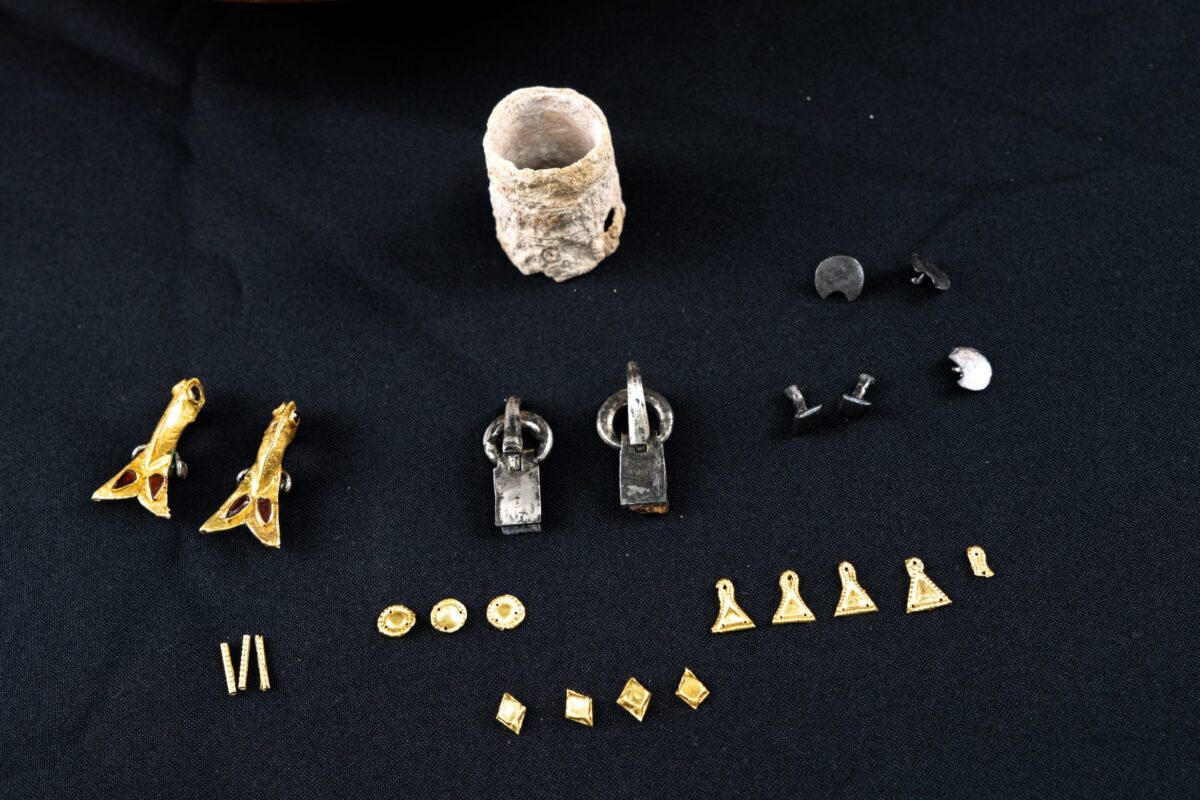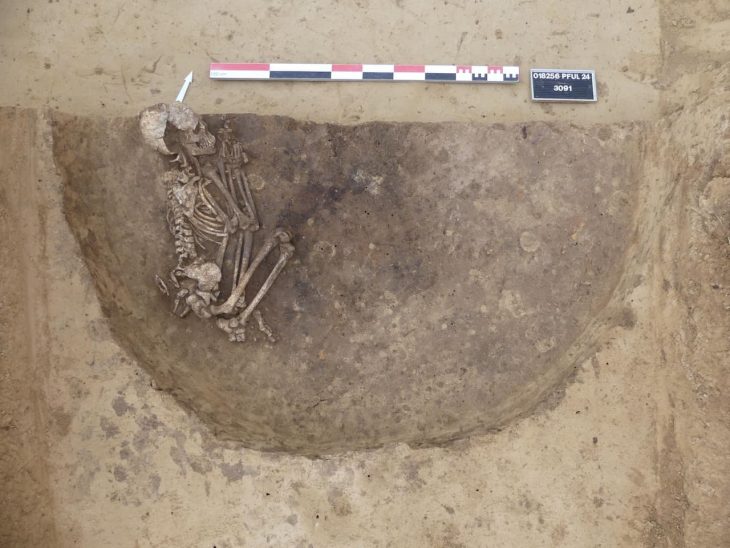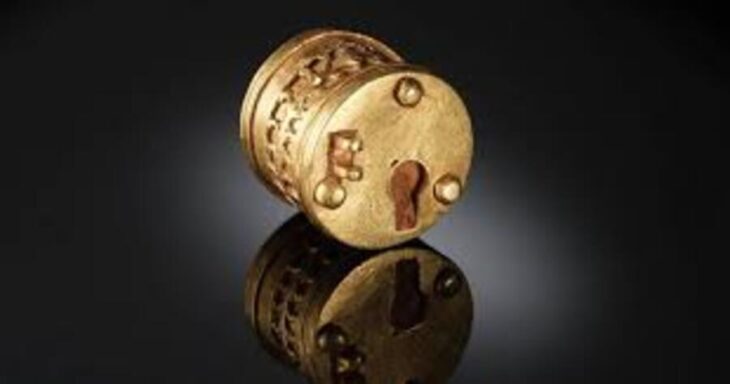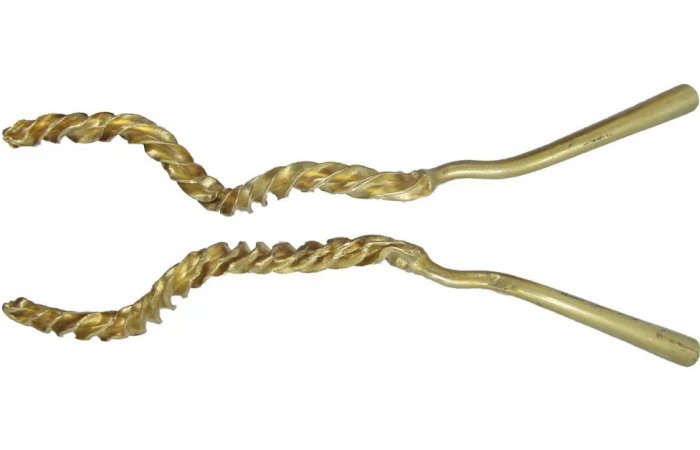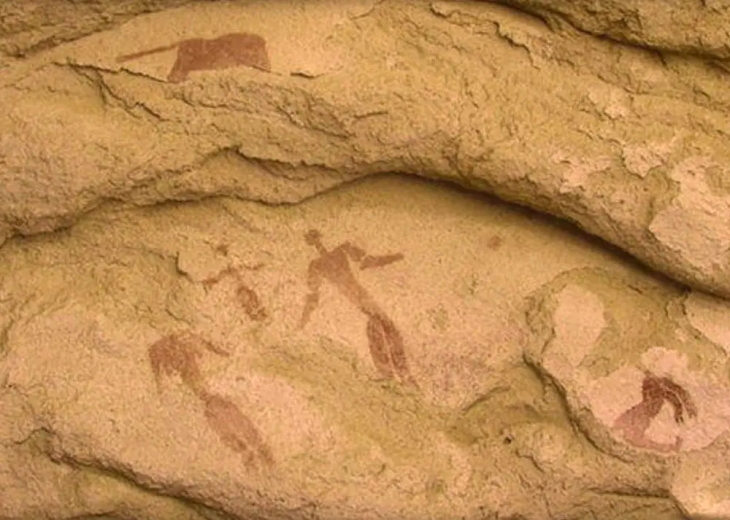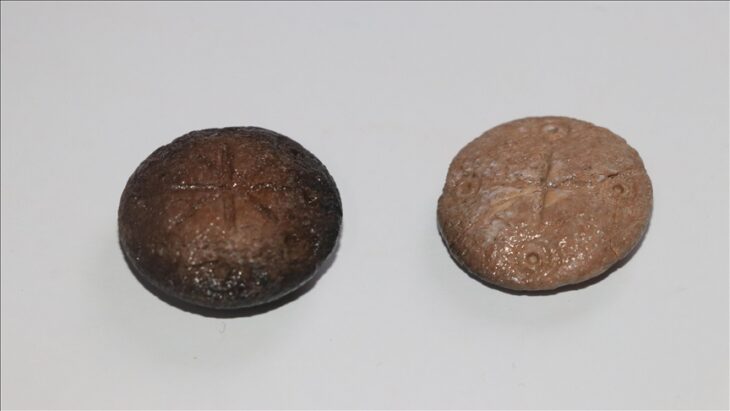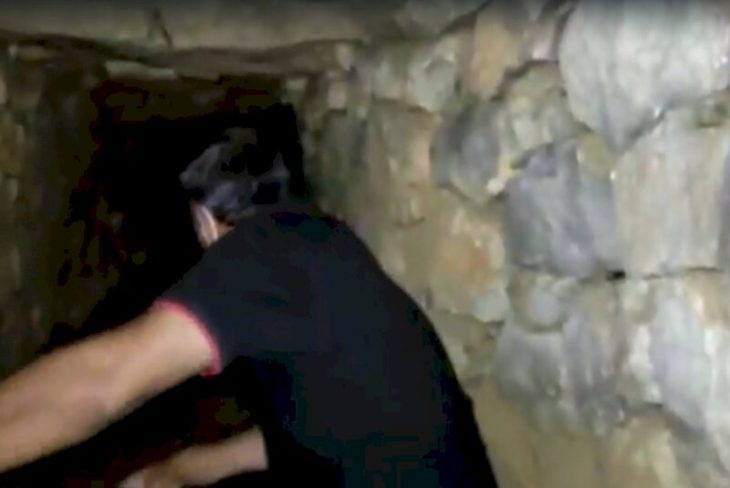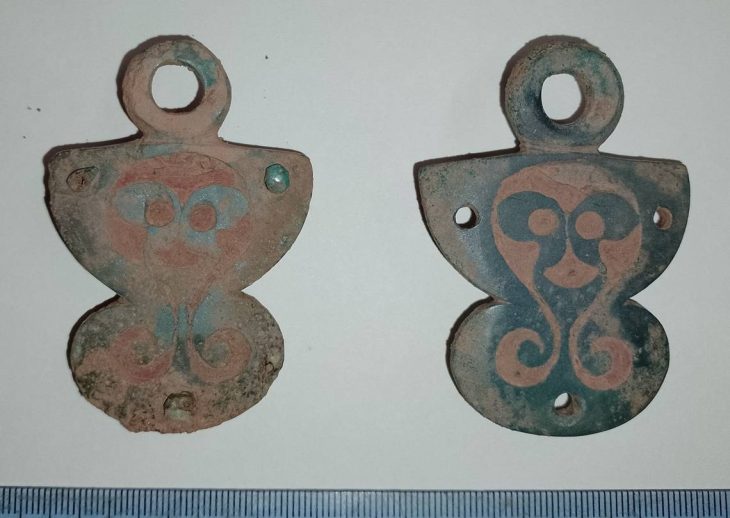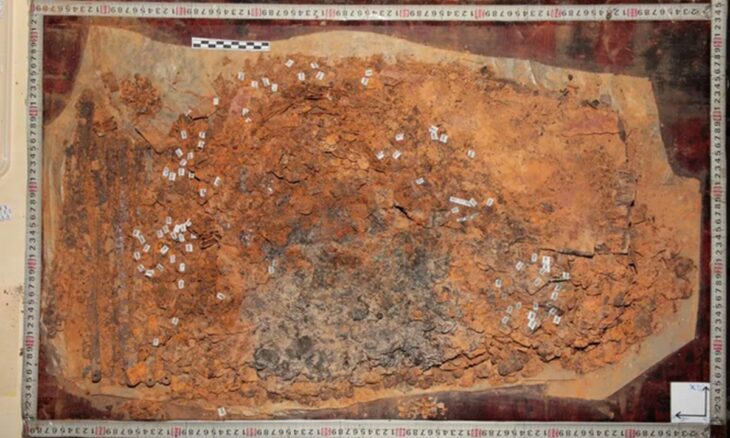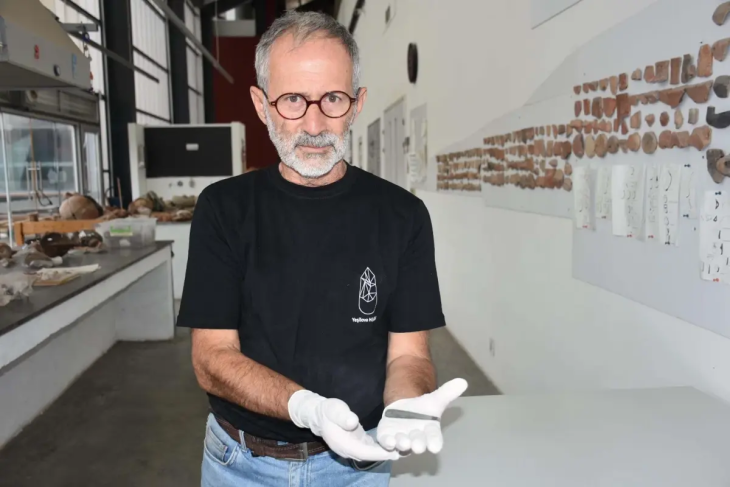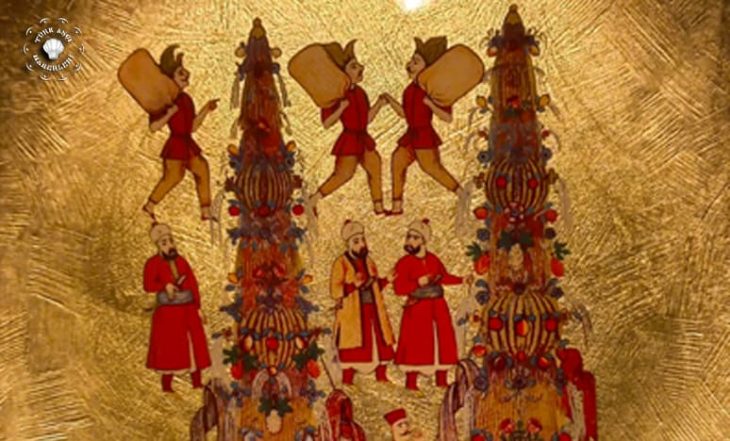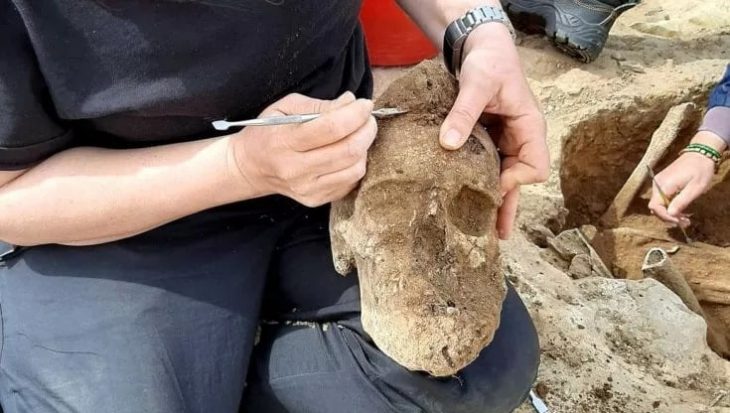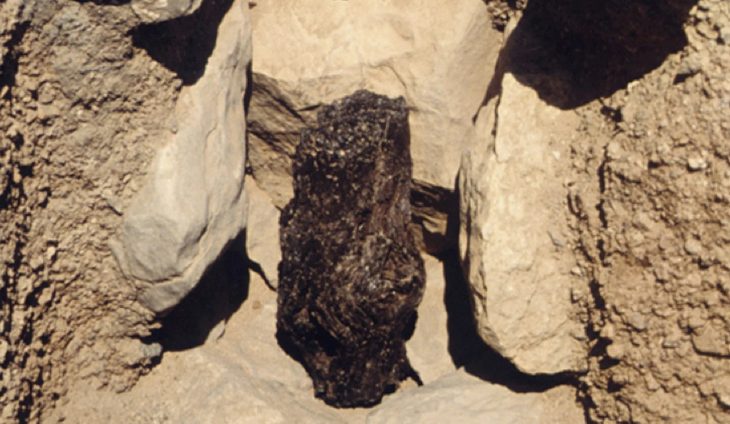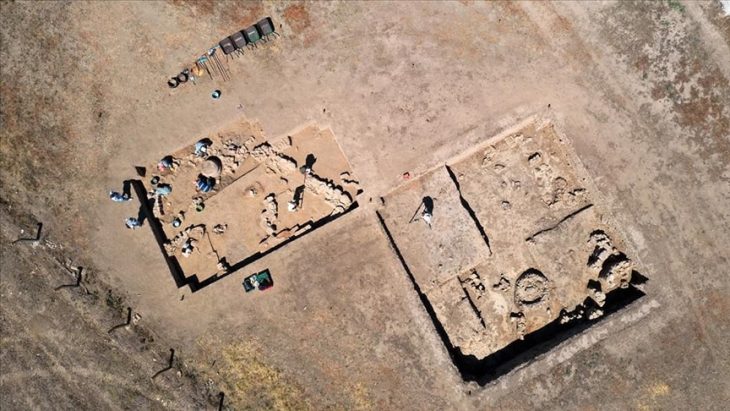Archaeologists found burials of noble women filled with gold and silver jewelry in the Crimean mountains in the Bakhchisaray region on the Mangup plateau.
Archaeologists from the V.I Vernadsky Crimean Federal University and the Crimean Institute of Archaeology of the Russian Academy of Sciences have discovered gold and silver women’s jewelry of the 5th-6th centuries in the Almalyk-dere cemetery on the Mangup plateau.
The discovery was announced by Valery Naumenko, Acting Dean of the Faculty of History at V.I Vernadsky Crimean Federal University.
The Almalyk-dere cemetery on the Mangup plateau is the largest early medieval necropolis in the region. It is located 13 kilometers east of Sevastopol (ancient Chersonesus), the largest city, and port of Crimea.
Valery Naumenko, V.I. Vernadsky Crimean Federal University, History of Ancient World And Middle Ages, Faculty Member, said that they have been working in previously unexplored areas and have uncovered burial complexes of different times.
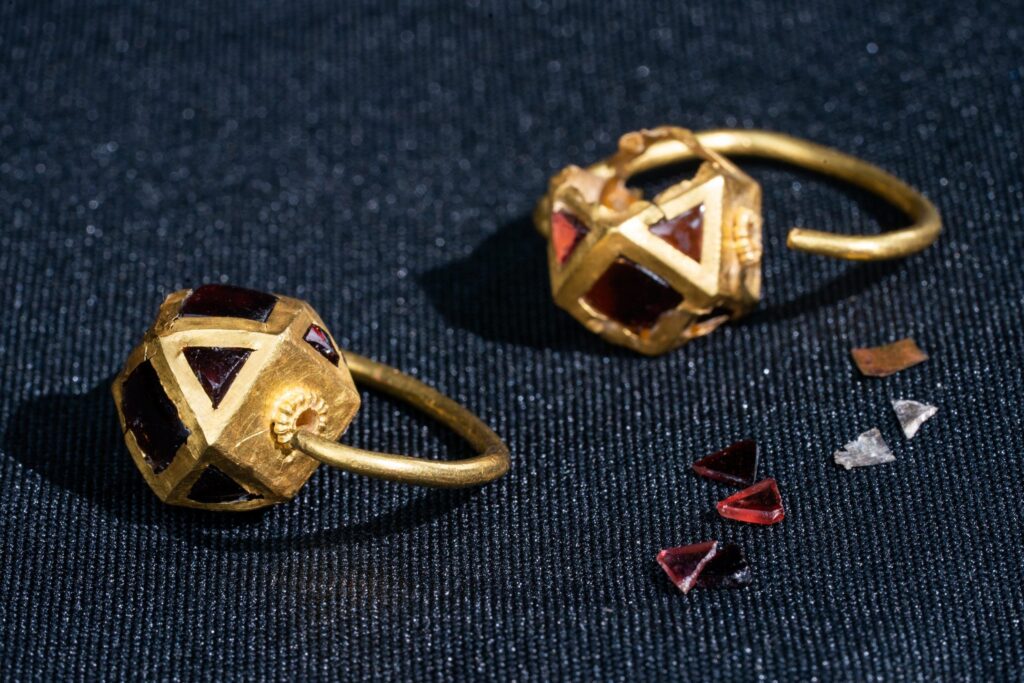
In the mountains of Crimea, archaeologists found 1,600-year-old burials of noble women and gold jewelry. Image Credit: V.I. Vernadsky Crimean Federal University
“It is no coincidence that the literature is convinced that this necropolis was not suitable for the ordinary population: there are burial complexes left there during this period by an elite group of inhabitants of the Mangup region and the entire southwestern Crimea. ” Despite the intensive looting of these complexes, there are things that are of independent scientific interest, ” he said.
The new finds indicate that the burial ground was for elite members of a society that spread across southwestern Crimea from the late fourth century until the sixth century.
The finds include brooches, gold earrings, belt set elements (rivets), and shoe buckles, as well as gold leaf appliqué decorations that could have adorned the neckline of a dress.
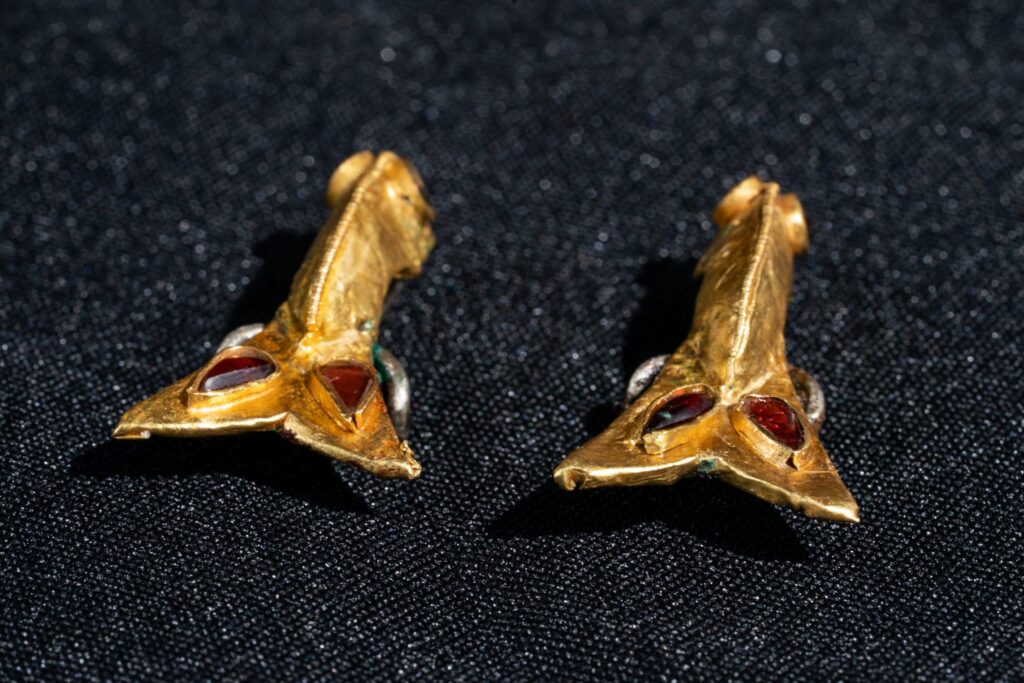
‘Most likely, in both vaults where the items were found, rich women were buried. One woman had gold jewelry: one woman had fibulae and gold appliqués, the other had gold earrings, also quite unique. There are few earrings of this kind in the Crimea. Most likely, these earrings were imported, and fibulae were probably produced in Crimea – in Chersonesos or Bosporus,’ said Artur Nabokov, seniority researcher at the Institute of Archaeology of Crimea of the Russian Academy of Sciences.
Scientists noted a good degree of preservation of the found objects: only the gold earrings were crushed. One of them was completely restored.
The earrings were made of gold plate with inserts of precious stones – garnet or carnelian. Researchers also found silver moulded fibulae, which were covered with a gold plate with a small ornament in the upper part and inserts of red stone (also possibly garnet or carnelian).
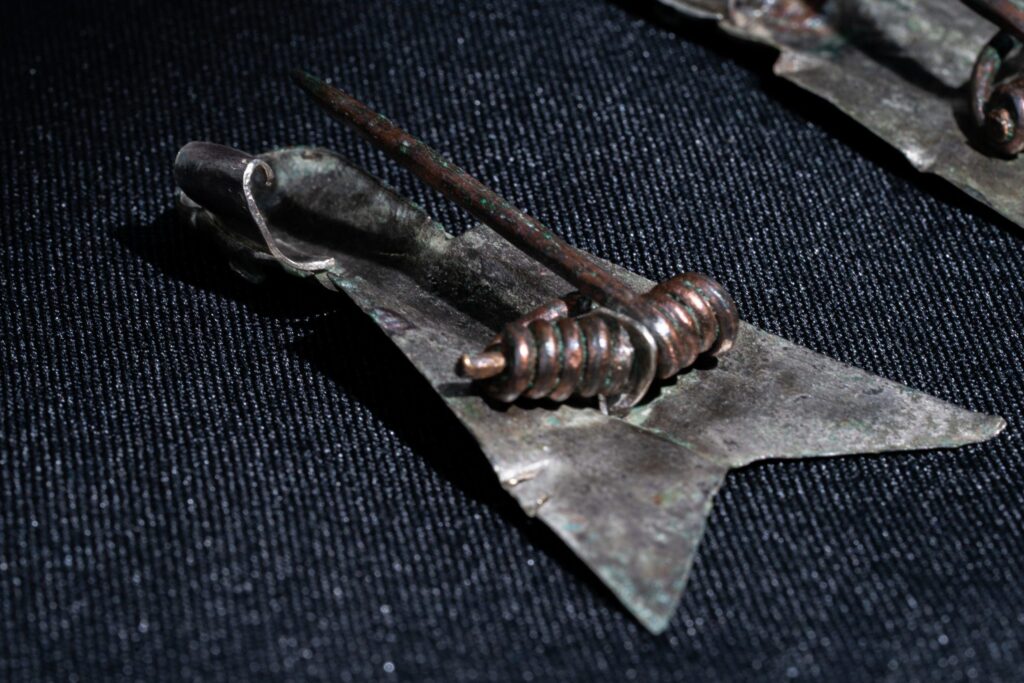
In the mountains of Crimea, archaeologists found 1,600-year-old burials of noble women and gold jewelry. Image Credit: V.I. Vernadsky Crimean Federal University
According to the statement, one of the crypts also contained a decorated “pyxis”—a container made from an animal horn that was used to store powdered makeup, such as blush.
In addition to the Almalyk burial ground, archaeologists also investigated the Southern Cave Monastery of the 15th century with preserved fresco composition, which is located on the slope of the Mangup plateau. Here the specialists carried out works on cleaning, description and photo-fixation of all rock complexes, grottoes and caves, which were part of the monastery, and geomorphological works.
Another site was the Muslim necropolis on the Mazar-Tepe hill. The burial ground, which functioned from the 16th to the 19th century, is characterized by a large number of complex burial structures, and stone fences with towers, some of which have been preserved in situ.
The research of the Mangup settlement is one of the longest archaeological projects in Crimea. This year the Mangup Archaeological Expedition of the V.I. Vernadsky Crimean Federal University held its 57th season.
V.I. Vernadsky Crimean Federal University
Cover Image credit: V.I. Vernadsky Crimean Federal University

